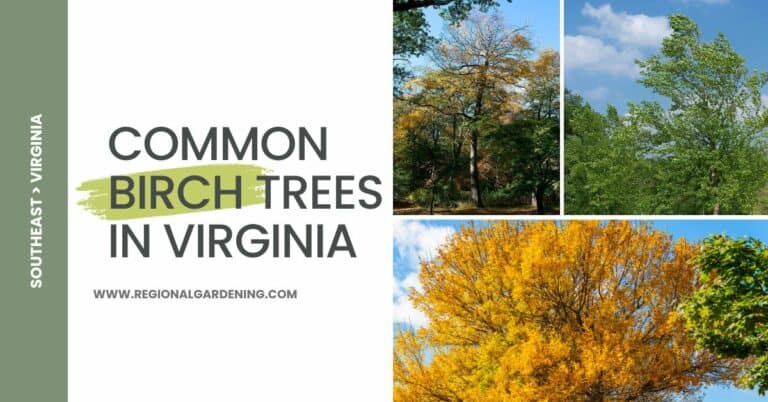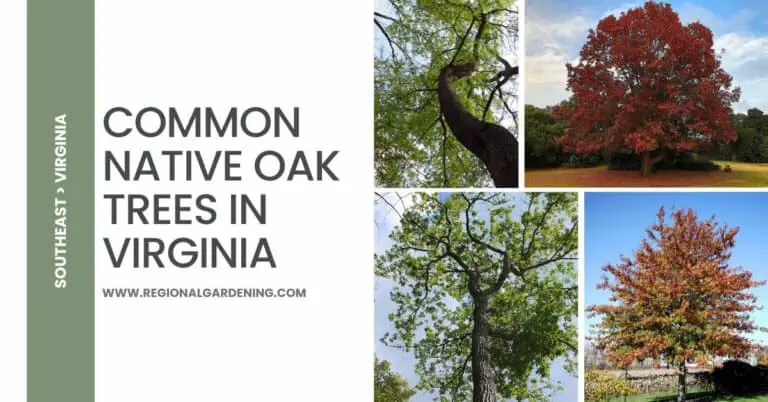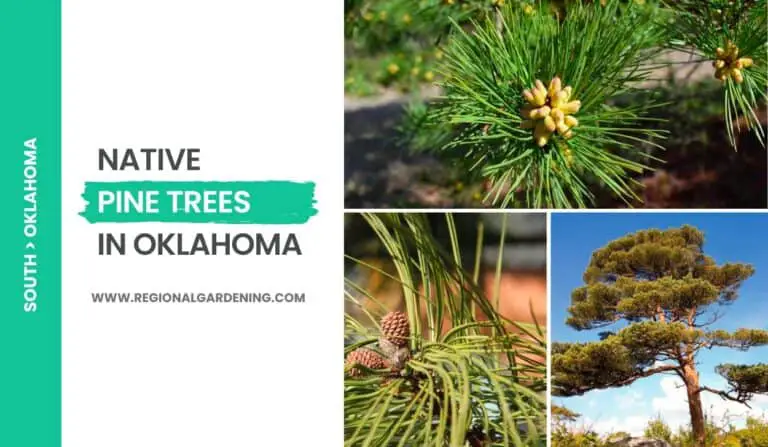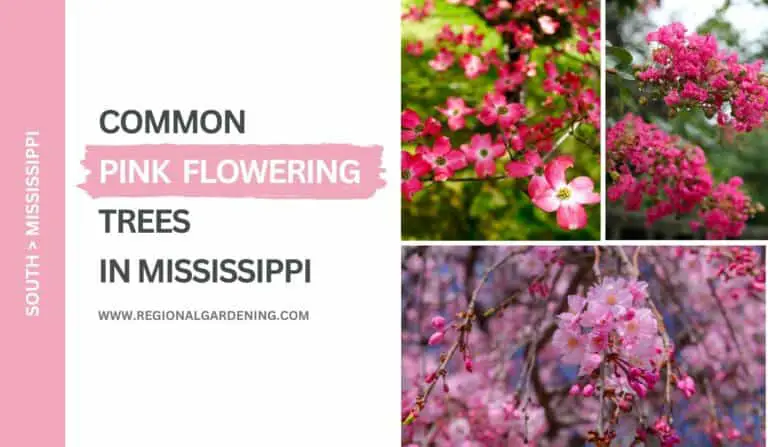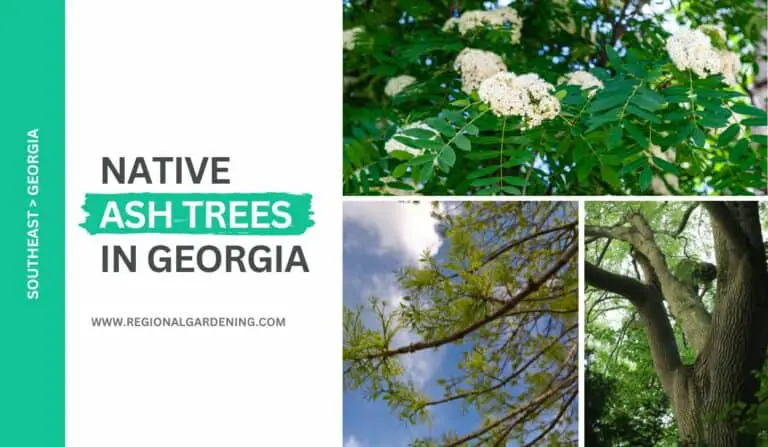3 Native Dogwood Trees In Georgia (With Beautiful Flowers)
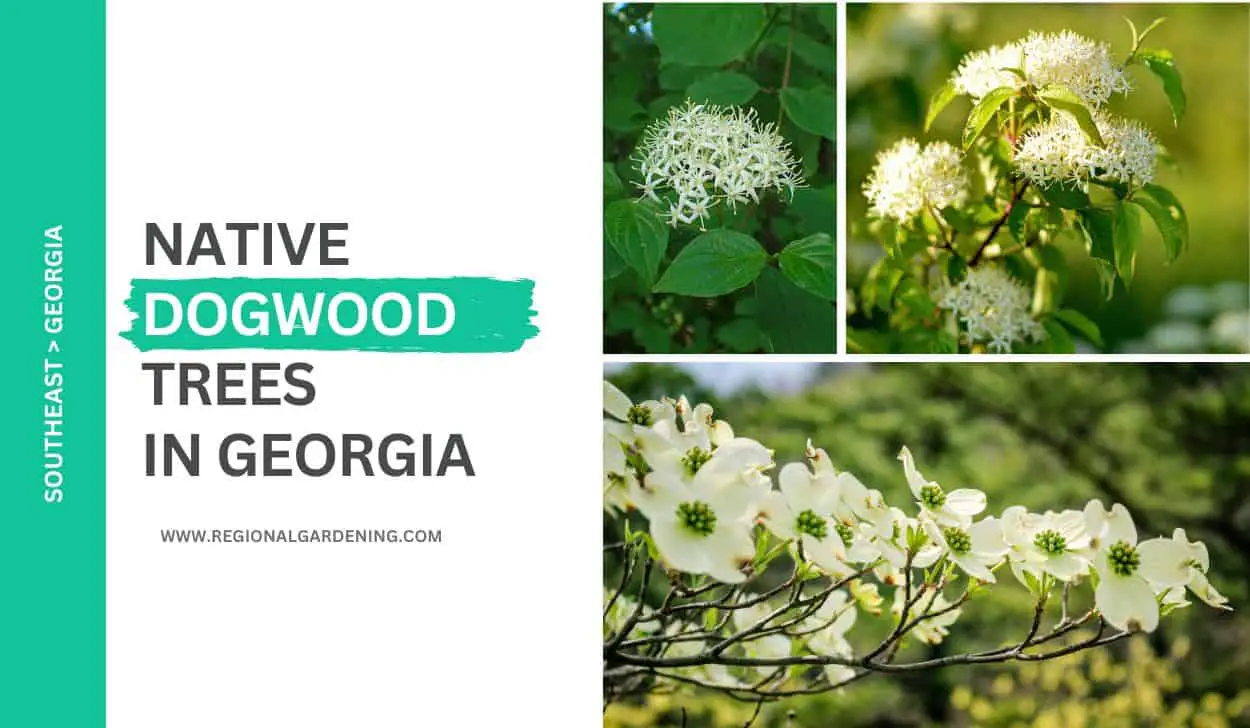
It’s difficult to ignore the beauty of flowering dogwood trees when they’re in bloom, isn’t it? And if you live in Georgia, you’ll notice these trees on every street and corner.
However, did you know that, in addition to flowering dogwood, the state is home to two other dogwood trees?
So, in this article, I’ll show you the three native dogwood trees in Georgia, including high-quality photos, identification details, native habitat and range, and so on.
So, let us begin.
1. Flowering Dogwood
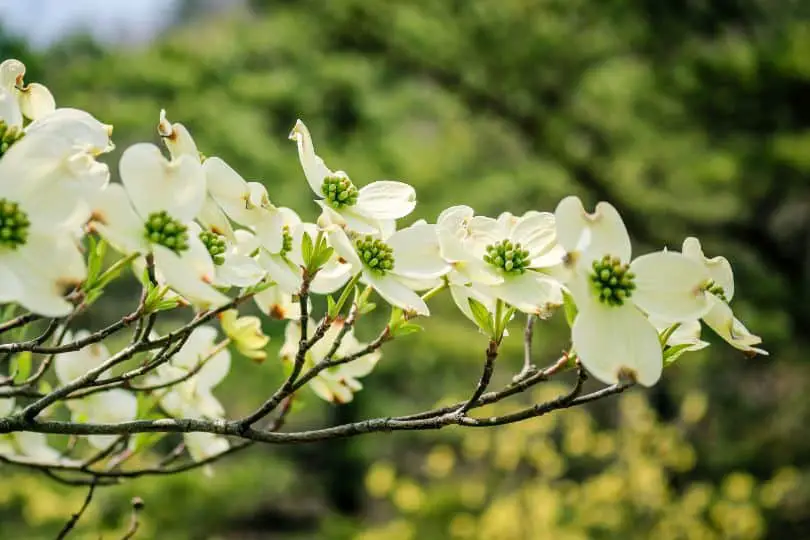
- Common Name: Flowering Dogwood
- Scientific Name: Cornus florida L.
- Mature Height: Up to 40 feet
- Native/Non-Native: Native
- Flowers/Cones: Flowers surrounded by 4 white or pinkish bracts, fruit bright red and shiny
- Uses: Shuttle blocks, pulleys, mallet heads, bobbin heads, golf club heads, handles, widely planted as an ornamental
The Flowering Dogwood is a native tree that is highly valued for its beauty. These trees are the most commonly found dogwood trees in Georgia. Its popularity has come to a point where, if someone mentions dogwood, then it is this tree alone and not any other species.
It is also one of the tallest dogwood trees in Georgia, reaching a height of forty feet and having a trunk diameter of one to one and a half feet.
The leaves of this tree are deciduous, which means they fall off in the autumn. They are circular, with pointy ends, and can grow to be up to six inches long and two inches wide. The upper side of the leaves is thick and bright green, while the underside is pale and hairy.
The tree has brilliant red, glossy fruit approximately half an inch long and a quarter inch wide. The fruit is fleshy with a bony seed. The tree’s bark is brownish-gray and split up into blocks or squares.
Flowering Dogwood is recognized for its dense, heavy, hard, robust, and close-grained wood. It has a light brown color with a reddish tinge to it. Shuttle blocks, pulleys, mallet heads, bobbin heads, golf club heads, handles, and other items are frequently made from wood.
This tree is highly popular due to its remarkable beauty. It comes in pink and red flowered forms that are frequently used in landscaping. Flowering Dogwood grows on fertile, well-drained soils throughout the state. The Flowering Dogwood is a popular tree due to its colorful blossoms and robust wood.
2. Alternate-leaf Dogwood
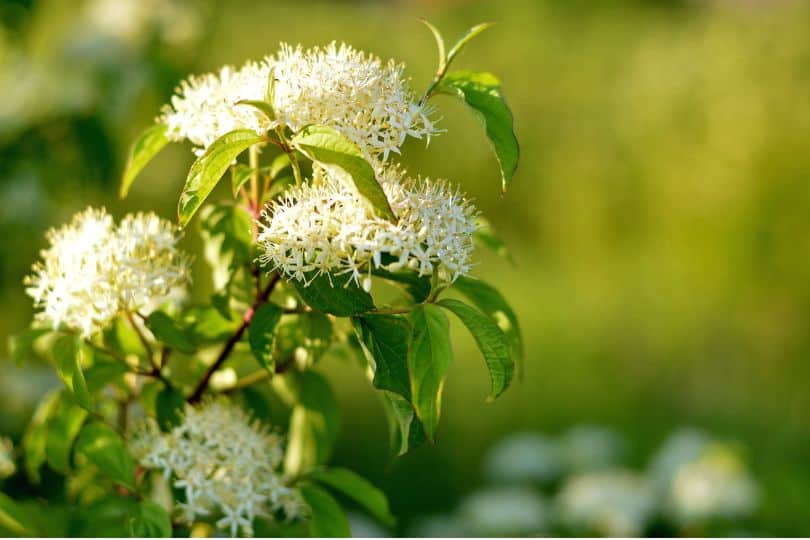
- Common Name: Alternate-Leaf Dogwood or Pagoda Dogwood
- Scientific Name: Cornus alternifolia
- Mature Height: 8 to 10 metres
- Native/Non-Native: Native to Southern and Central Ontario
- Flowers/Cones: Creamy-white flowers in clusters in May-June and dark blue berries on red stalks in mid-summer
Alternate-leaf dogwood is a slow-growing shrub or small tree that can grow to heights of up to 10 meters. Its leaves are dark green on top and light green on the bottom, with fine hairs and 5 to 6 deep, curving veins.
The leaves are alternately placed in clusters at the ends of each branch.
Alternate-leaf dogwood bark ranges in color from brilliant green with vertical white streaks to purple in young growth/twigs. In May and June, the tree produces lovely creamy-white flowers with a fragrant scent that attract bees, butterflies, and other insects.
Birds, chipmunks, and bears feed on the dark blue berries of alternate-leaf dogwood, which grow on red stalks. The tree provides a larval host for spring azure butterflies. The nectar from the blossoms attracts these butterflies.
Alternate-leaf dogwood is a common understory or forest-edge plant native to Southern and Central Ontario. It flourishes in nutrient-rich, acidic, well-drained deep soils that are evenly moist. The tree prefers moderate shade to full sun and lots of water.
Because of its attractiveness, alternate-leaf dogwood is often grown as a landscape decorative plant. It also provides nesting habitat for birds, while rabbits, deer, and beavers munch the twigs and leaves.
3. Stiffcornel Dogwood
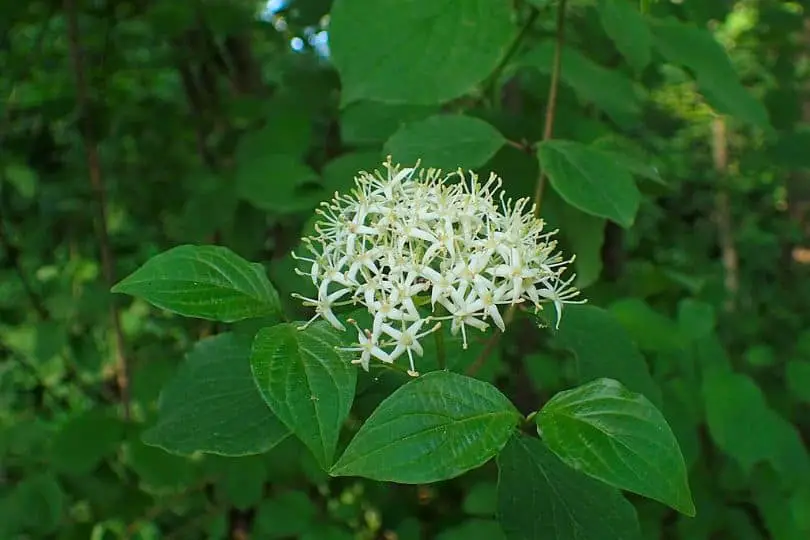
- Common Name: Stiff Dogwood
- Scientific Name: Cornus foemina
- Mature Height: 8-15 feet tall
- Native/Non-Native: Native
- Flowers/Cones: White flowers and pale blue to blue fleshy drupes
- Uses: Wildlife food
Stiff dogwood is a woody shrub with a rounded shape and numerous branches. It can reach a height of 15 feet and has gray bark on the trunk and larger branches, with brown and smooth bark on the smaller branches.
The leaves are oblong to ovate-lanceolate with smooth edges. The flowers are white and form compound cymes 1.5-3 inches across.
The unpleasant-smelling flowers bloom from late spring to early summer and endure for around 2-3 weeks. When mature, the flowers are replaced by 2-seeded meaty drupes that are pale blue to blue. During the fall, the leaves turn a beautiful red-burgundy to purple tint.
Stiff dogwood prefers wet, somewhat shaded regions and loamy, organic-rich soil. Low forests, moist thickets, low places near streams, and swamps are common habitats.
Flowers’ nectar and pollen attract a variety of insects, including bees, wasps, butterflies, and beetles. Many insects eat on the shrub’s leaf and other parts. Birds and animals such as bears, raccoons, squirrels, and mice consume drupes.
Dogwood Trees In Georgia – Frequently Asked Questions (FAQs)
In this section, I will answer some of the most frequently asked questions about dogwood trees in Georgia that have been posted on various online forums and discussions.
Are there any dogwood trees in Georgia?
Georgia is home to three types of dogwood trees. Flowering dogwood trees are widely planted as ornamental trees in Georgia. The other two native varieties are alternate-leaf dogwood and stiff cornel dogwood.
How long will dogwood trees in Georgia last?
The lifespan of dogwood trees in Georgia varies depending on a variety of factors, including the species, growing conditions, and any diseases or pests they may encounter. With proper care and maintenance, dogwood trees in Georgia can live for several decades.
Some dogwood species live for a shorter period of time than others, which can live for up to 80 years or more. The flowering dogwood (Cornus florida) is the most common species in Georgia and can live for 30-50 years with proper care.
Similar Articles
- Native Oak Trees in Georgia
- Native Pine Trees In Georgia
- Native Hickory Trees In Georgia
- Native Maple Trees In Georgia
- Native Tupelo Trees In Georgia
- Native Plum Trees In Georgia
- Native Magnolia Trees In Georgia
- Native Willow Trees In Georgia
- Native Ash Trees In Georgia
- Native Elm Trees In Georgia
- Native Cottonwood Trees In Georgia
- Native Cedar Trees In Georgia
- Native Birch Trees In Georgia
- Common Purple Trees In Georgia
- Common Cypress Trees In Georgia
- Common Palm Trees In Georgia
- Common White Flowering Trees In Georgia
Sources
The Regional Gardening team makes sure that the information in our articles is accurate by only using sources that are known to be trustworthy. Some of these sources are peer-reviewed journals from government agencies, well-known universities, and scientific research organizations.
- Georgia Native Plant Society
- College Of Agricultural & Environmental Sciences, University Of Georgia
- Native Plants Books, Georgia Native Plant Society
- Georgia Forestry Commission
- Native Plants Of North Georgia, University Of Georgia
- Tree Care, Georgia Tree Council


